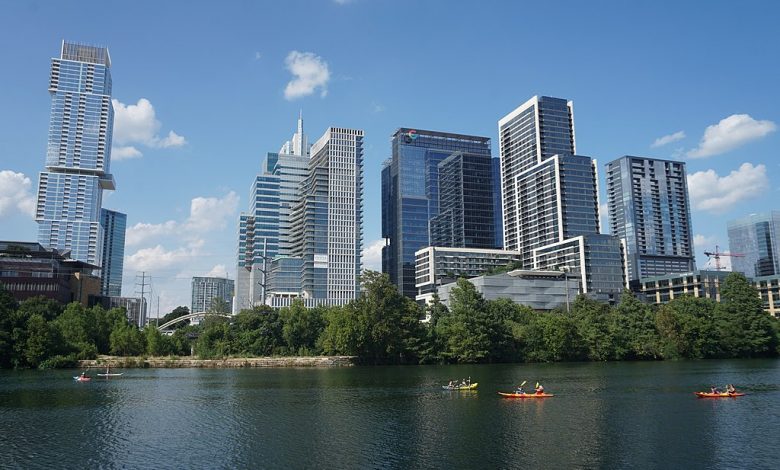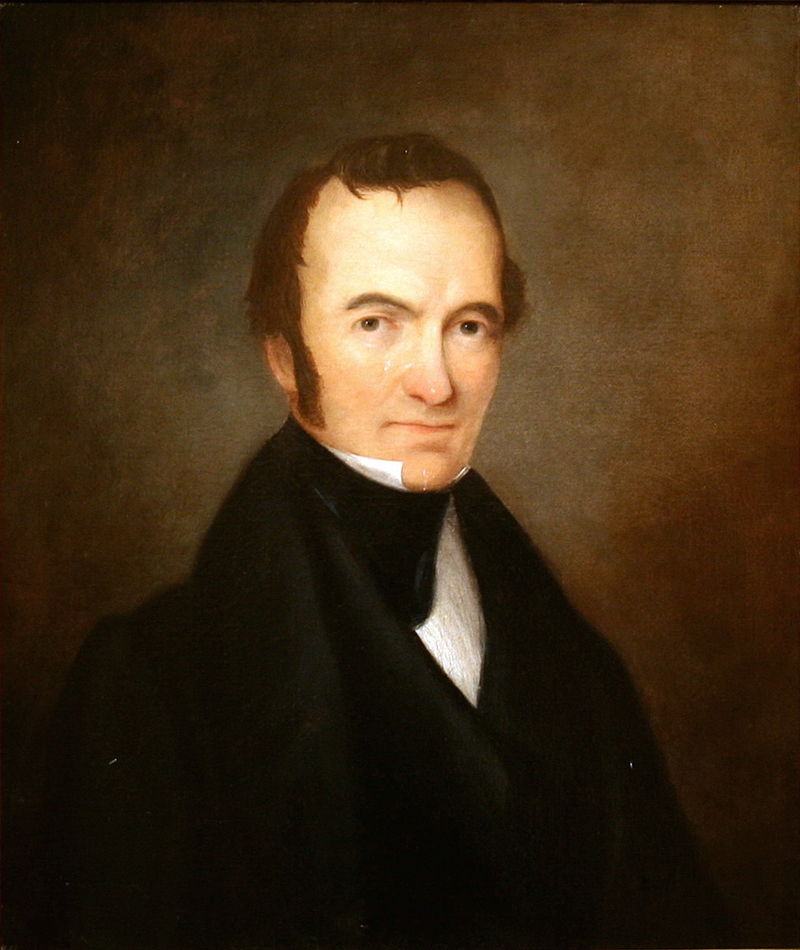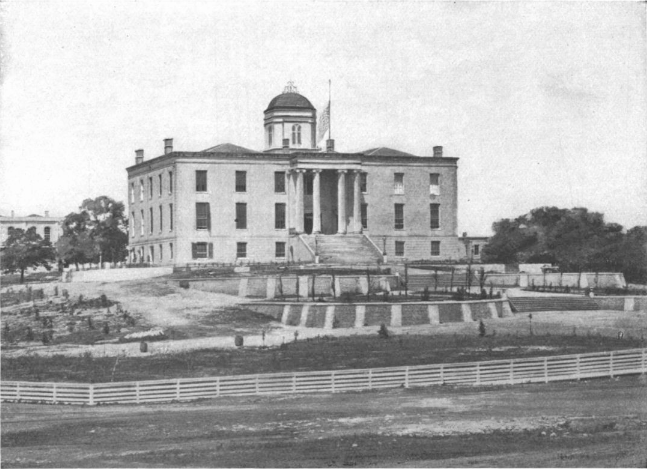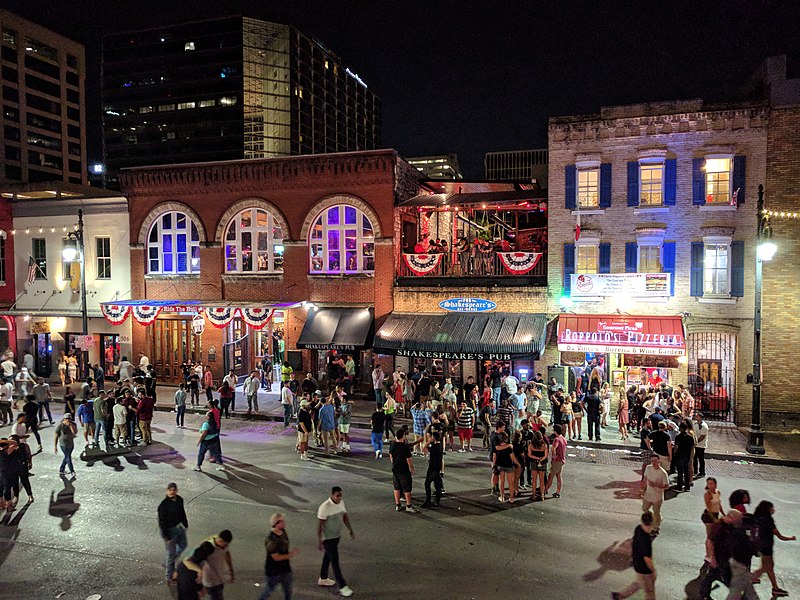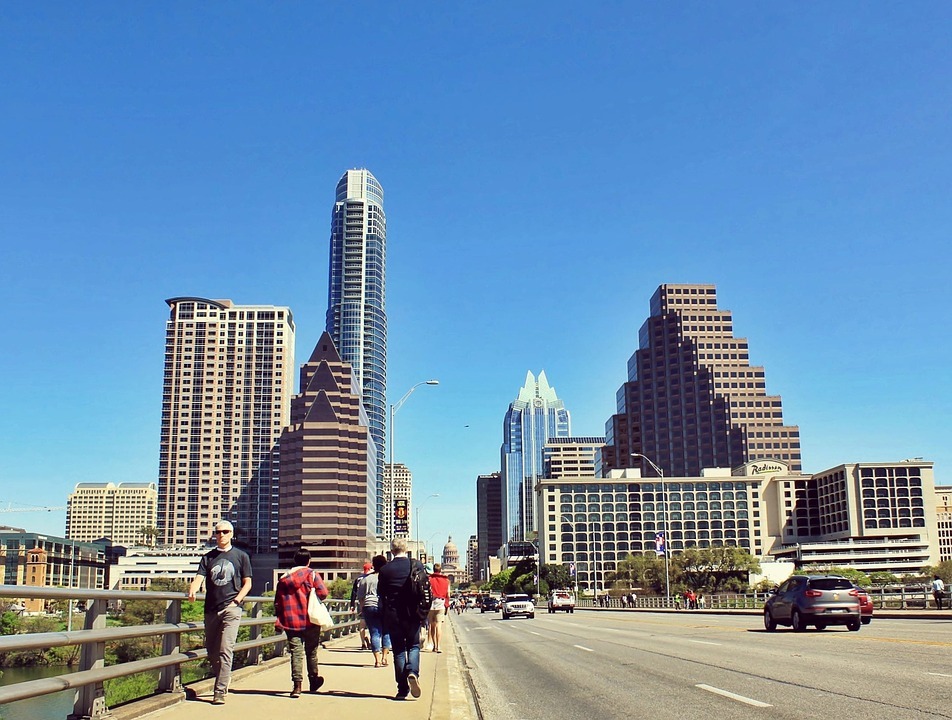The cities and towns of the state of Texas are rich with fascinating history and background, and Austin is no exception. In fact, this bustling capital of the Lone Star State has some exciting chapters in its history. Its forgotten tales of the past deserve to be read, heard, and known. After all, they form the piece of Texas’ historical puzzle. Austin’s colorful, turbulent, and dynamic history has contributed to the city’s proud, rebellious, and indomitable spirit.
Austin is the seat and the largest city of Travis County, with some portions of it extending into Hays and Williamson counties. It is also one of the major cities in Texas, along with Dallas, Fort Worth, San Antonio, and Houston. Austin is the commercial, technological, and cultural hub of the five-county Austin-Round Rock metroplex. While it is teeming with commercial and residential properties, the city also has lots of parks, lakes, rivers, and waterways. The citizens of Austin are called “Austinites.”
The early history of Austin
Like many cities and towns in Texas, Austin has quite a storied past. Nomadic Native American Indian tribes – notably Comanches, Lipan Apaches, and Tonkawas – had been camping and hunting in the region, which is now known as Austin, for hundreds of years. They mostly resided by the creeks, which include what is known today as Barton Springs.
The Spanish colonists first set foot in the region during the 1700s, where they established several temporary missions. The Anglo-Americans arrived during the 1830s, and made a permanent settlement along the banks of the Colorado River. They founded a small village there, which they named Waterloo.
Waterloo became the capital of the new Republic of Texas in 1839. It was later renamed Austin in honor of an empresario named Stephen F. Austin, who would be later known as the “Father of Texas.”
A local judge and entrepreneur named Edwin Walter surveyed the site and laid out the planning and construction of the new town. The original street plan that Walter conceived has remained mostly intact up to this day (Walter was later elected as Austin’s first mayor in 1840).
In October 1839, all members of the new Republic of Texas’s government traveled all the way from Houston in oxcarts. By the following January, the population had increased to 839. The local government laid out a new town plan that included a hilltop site for the new capitol building overlooking the Colorado River from the head of Congress Avenue.
The Texas Archive War and Austin’s retention of capital status
Austin’s economy initially flourished, but in 1842 it entered a political turmoil. Sam Houston had just been elected as the third President of the Republic of Texas at that time. One of his plans was to move the Republic’s archives from Austin to Houston, his namesake city. But the Austinites refused to hand over the archives, seeing this as part of Houston’s attempt to strip the town of its identity as Texas’ capital.
The situation escalated in December 1842, when Houston sent his men to Austin to seize the archives and state records. However, the angry Austinites would not allow the archives to be transferred, triggering an incident known as the Texas Archive War. The Austinites tried to retain the archives by force. However, Houston moved his administration to his eponymous city. Devoid of political function, Austin languished. It was left in ruins, and its population fell dramatically.
Following Texas’ annexation to the United States and eventual statehood in 1845, Austin was restored to its original status as the capital of Texas.
Austin moving forward
Since then, Austin had gradually recovered and eventually experienced a surge of prosperity. Its first state capitol was built in 1853. A new one was then built in 1888, and it has remained the state capitol building since.
Texas joined the Confederacy in 1861. During the Civil War, Austin struggled with shortages of goods. The city immediately bounced back after the war, and its population began to increase. By the 1880s, Austin was slowly becoming a city. Aside from the new capitol in 1888, schools, churches, businesses and, new neighborhoods were also established. The arrival of African-American and European settlers led to the city’s increasingly diverse population.
Austin also emerged as an educational center. Austin City Public Schools accepted its first students in 1881. Tillotson Collegiate and Normal Institute opened its doors in that same year. The University of Texas was founded in 1883 and became a significant part of Austin’s identity.
The arrival of new railroads during the 1870s and the construction of the Great Granite Dam during the 1890s further spurred Austin’s economic growth.
Austin in the 20th century
From the late 19th century to the first half of the 20th century, much of Austin was racially segregated. However, racial and ethnic relations improved from the 1950s through the 1980s. Determined black leaders and activists pushed for the desegregation of schools and other establishments, and their efforts yielded positive developments.
The University of Texas admitted black students for the first time in 1956, making it the first university in the Southern US to do so.
As the city’s economy prospered, it attracted modern amenities such as more residential areas, parks, resorts, a branch library system, and a lot more. Several tech firms – such as IBM, Motorola, and Texas Instruments – moved their headquarters to Austin by the 1960s.
Austin also benefited from – but also fell prey to – the “dot-com” tech bubble during the 1990s. The striking Frost Bank Tower opened in 2004, becoming the first skyscraper in Austin to be built after the 9/11 attacks in 2001. A light rail service, Capital MetroRail, opened in 2010.
Austin’s country and western music scene has also played a significant role in the enrichment of its culture and identity. The city has gained a reputation as a refuge for the anti-establishment and independent musical artists, but it has attracted mainstream artists as well. But Austin is not just a place for country and western music. It has also become a mecca for fans and artists of other musical genres. The city is home to some of the world’s famous acts such as Willie Nelson, Janis Joplin, Stevie Ray Vaughan, Townes van Zandt, Dixie Chicks, and Christopher Cross, among many others.
Austin today
Right now, Austin enjoys its reputation as one of the best communities to live not only in Texas but also in the entire US. The city’s economic growth and cultural vibrance continue up to this day. The innovations have put Austin on the science and tech map, as well. And for the longest time, Austin has remained one of the most educated cities in Texas.
Austin’s population stands at 964,254 (as of 2018). As of 2010, whites dominate the local population (68.3%, with 48.7% non-Hispanic whites), followed by Hispanic or Latino (35.1%), African-Americans (8.1%), and Asians (6.3%).
Austin’s position in the field of education is quite well-known, a reputation which it has established for several centuries. The city is home to the University of Texas at Austin (UT), which is the University of Texas System’s flagship institution. UT also houses the seventh-largest academic library in the country. As of 2020, UT is ranked 48th on the “National Universities” list by U.S. News and World Report.
Most of Austin is served by the Austin Independent School District. So far, the district operates 129 schools: 84 elementary schools, 19 middle schools, and 17 high schools.
Apart from the University of Texas at Austin, the city is also home to other colleges such as Huston-Tillotson University, Concordia University, Texas Health and Science University, University of St. Augustine for Health Sciences, The Art Institute of Austin, and a branch of Park University, among others. Austin was recently voted as “America’s No. 1 College Town” by the Travel Channel.
Austin is likened to a quilt of variegated colors and patterns. It gathers everything on its path – its fascinating history, art, music, quality education, high technology, environmentalism, and diversity. Then, it stitches all of them together with the distinct Austinite spirit and character. This “quilt” is what establishes Austin as it’s known today: a city like no other.

